The Florida Keys stretch like a necklace of emerald gems across the turquoise waters between the Atlantic Ocean and the Gulf of Mexico. This 120-mile chain of coral and limestone islands offers everything from world-class fishing and diving to historic lighthouses and laid-back beach towns.
Each island has its own unique personality, whether visitors seek bustling nightlife, secluded nature preserves, or that perfect sunset spot. These tropical gems deliver an authentic slice of paradise just a few hours’ drive from mainland Florida, making them perfect for weekend getaways or longer island-hopping adventures.
Here is a list of 20 Florida Keys islands that offer unique experiences and unforgettable memories.
Key West
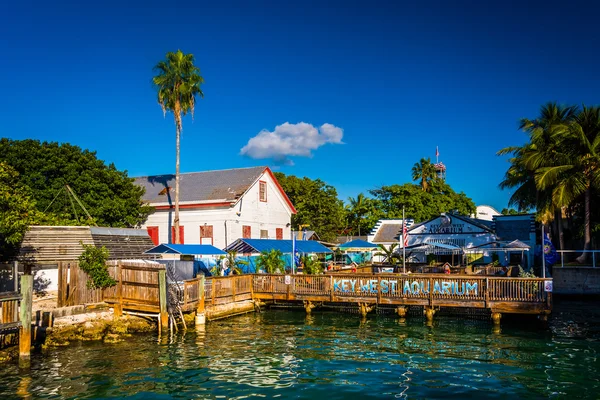
The southernmost point in the continental United States feels more like a Caribbean island than Florida. This 4-mile-long island pulses with energy, from the nightly sunset celebration at Mallory Square to the historic charm of Duval Street.
Visitors can explore Ernest Hemingway’s house and meet his famous six-toed cats, though many prefer taking glass-bottom boat tours to see the coral reefs without getting wet.
Key Largo

Known as the ‘Diving Capital of the World,’ Key Largo serves as the gateway to the Florida Keys and John Pennekamp Coral Reef State Park. The island stretches about 30 miles and offers some of the most accessible coral reef diving in North America.
Beyond diving, there’s the famous African Queen boat from the Humphrey Bogart movie — or the truly unique Jules’ Undersea Lodge for those wanting an underwater hotel experience.
Like Travel Pug’s content? Follow us on MSN.
Islamorada
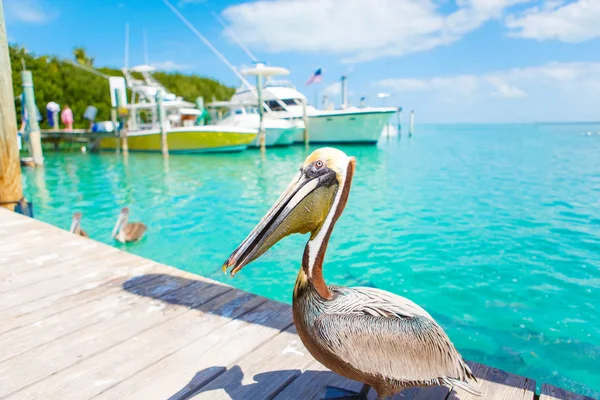
This ‘Village of Islands’ actually encompasses several smaller keys while calling itself the ‘Sport Fishing Capital of the World.’ The purple isle (as its Spanish name suggests) offers some of the best tarpon and bonefish fishing anywhere.
Between fishing charters, visitors explore the Theater of the Sea marine park or browse unique shops at the Rain Barrel artisan village.
Marathon Key
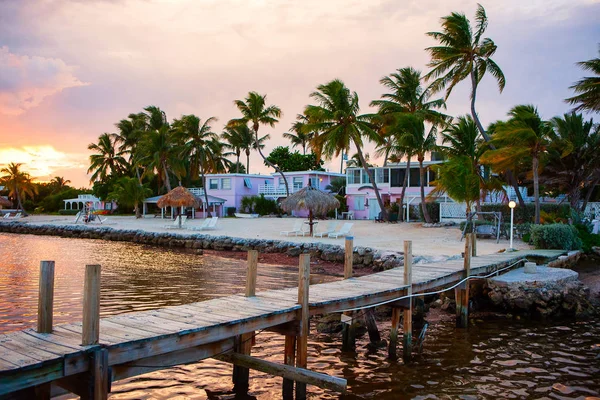
Sitting roughly halfway down the Keys chain, Marathon serves as a perfect base camp for exploring the entire region. The island features the famous Seven Mile Bridge — one of the longest bridges in the world — which connects Marathon to the Lower Keys.
Swimming with dolphins at the Dolphin Research Center proves popular, though Sombrero Beach offers one of the few natural sand beaches in the Keys.
Duck Key
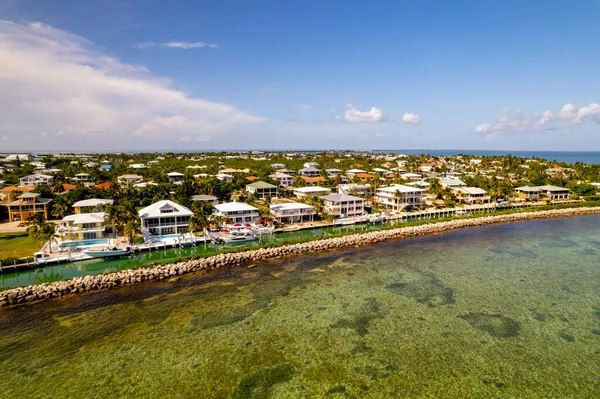
This small, upscale island spans just 15 acres and caters to those seeking luxury in a tranquil setting. Duck Key Resort dominates the island with its championship golf course and full-service marina.
The island’s intimate size means walking from one end to the other takes about 10 minutes, making it perfect for romantic getaways.
Like Travel Pug’s content? Follow us on MSN.
Grassy Key
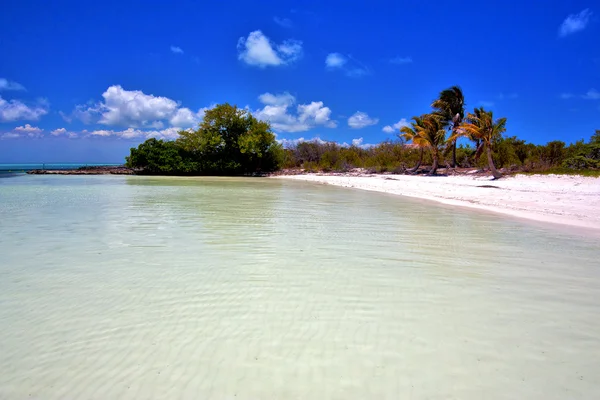
Home to the Dolphin Research Center, Grassy Key offers one of the most interactive marine mammal experiences in Florida. This 3-mile-long island provides a quieter alternative to some of the more touristy destinations in the Keys.
Visitors can participate in dolphin encounters, learn about marine conservation, or simply enjoy the peaceful beaches that line the island’s shores.
Big Pine Key
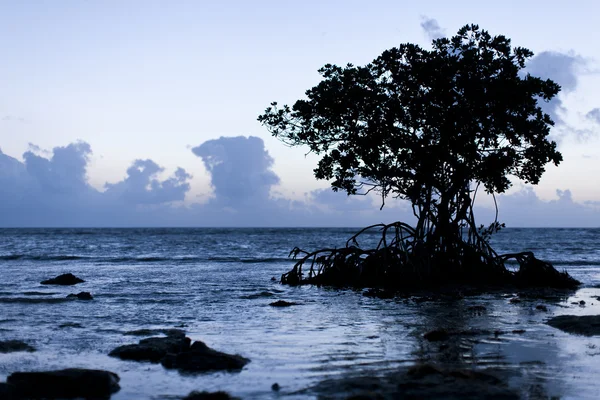
The second-largest island in the Keys chain serves as headquarters for the National Key Deer Refuge. These miniature deer, about the size of a large dog, roam freely throughout the island. They represent one of the most endangered species in North America.
The Blue Hole — a freshwater swimming area that attracts alligators and various bird species — offers unique wildlife viewing, while nature trails wind through pine rockland habitat.
Summerland Key
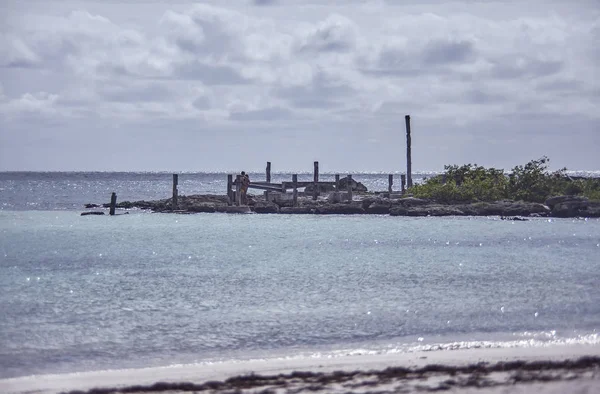
This residential island offers a glimpse into local Keys life away from the tourist crowds. The island features several RV parks and vacation rentals that cater to longer-term visitors wanting to experience the Keys at a slower pace.
Multiple public access points allow kayak launches, or visitors can head to nearby Looe Key National Marine Sanctuary for excellent snorkeling.
Like Travel Pug’s content? Follow us on MSN.
Cudjoe Key
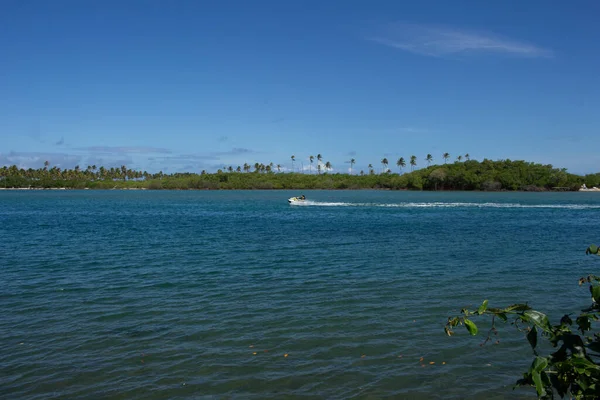
Named after the Cudjoe tree that once grew abundantly here, this island maintains a rural, old-Florida atmosphere. The island spans about 2 miles and features a mix of permanent residents and vacation homes tucked among mangrove forests.
Quiet canals offer perfect kayaking opportunities, while nearby Sugarloaf Key provides dining and shopping options.
Sugarloaf Key
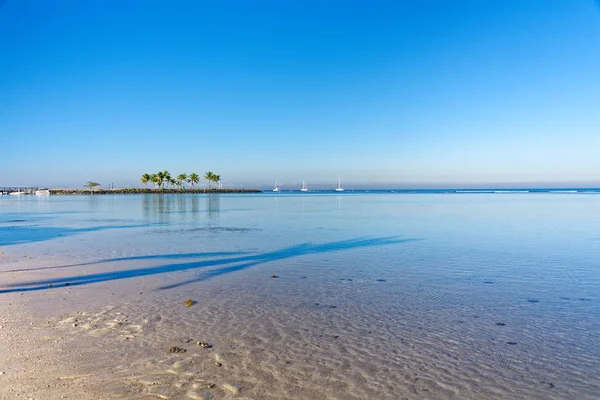
This island gets its name from a Native American word meaning long key, offering a perfect blend of residential charm and natural beauty. The Sugarloaf Key Bat Tower, built in 1929 to house bats for mosquito control, stands as one of the more unusual historical attractions in the Keys.
Numerous canals and boat ramps provide access to excellent fishing spots throughout the area.
Bahia Honda Key
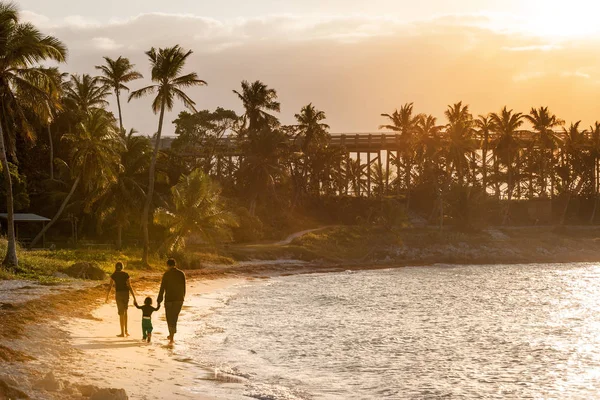
Bahia Honda State Park occupies most of this island while boasting some of the most beautiful natural beaches in all of Florida. The white sand beaches here formed naturally, unlike many Keys beaches that required imported sand.
Camping under the stars appeals to many visitors, yet snorkeling in crystal-clear waters or climbing the old Bahia Honda Rail Bridge for panoramic views proves equally popular.
Like Travel Pug’s content? Follow us on MSN.
Long Key
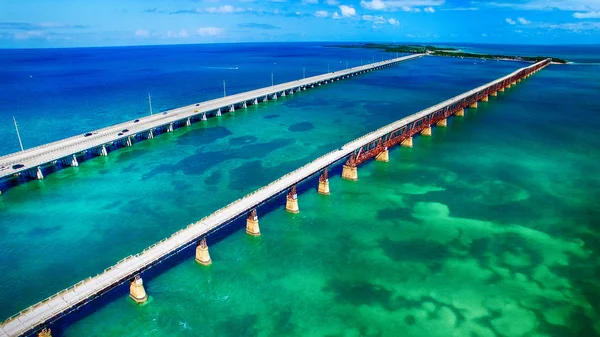
This 965-acre island offers a perfect mix of developed amenities and protected natural areas. Long Key State Park covers much of the island, providing excellent opportunities for canoeing through mangrove creeks and hiking nature trails.
The island also features a historic segment of Henry Flagler’s Overseas Railroad. Visitors can explore this railway history via interpretive trails.
Fiesta Key
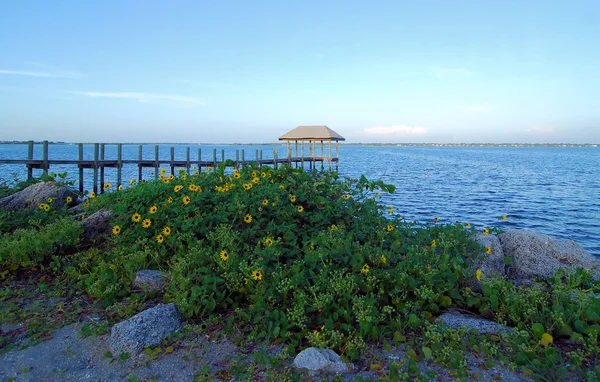
This small island caters primarily to RV enthusiasts and campers seeking a tropical camping experience. Fiesta Key RV Resort takes up most of the island, offering waterfront camping sites with full hookups.
Direct boat launches from the resort make water activities convenient. The resort’s organized activities and entertainment add to the tropical camping atmosphere.
Plantation Key
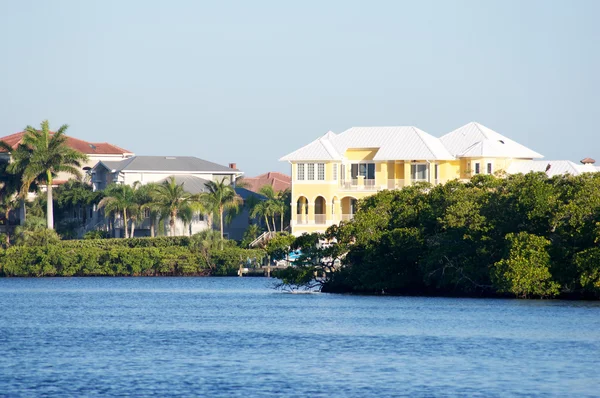
Part of the incorporated city of Islamorada, Plantation Key serves as a residential and commercial hub in the Upper Keys. The island features several marinas, restaurants, and shops that cater to both locals and visitors.
Charter fishing boats depart from numerous marinas, while quiet residential neighborhoods showcase classic Keys architecture.
Like Travel Pug’s content? Follow us on MSN.
Windley Key
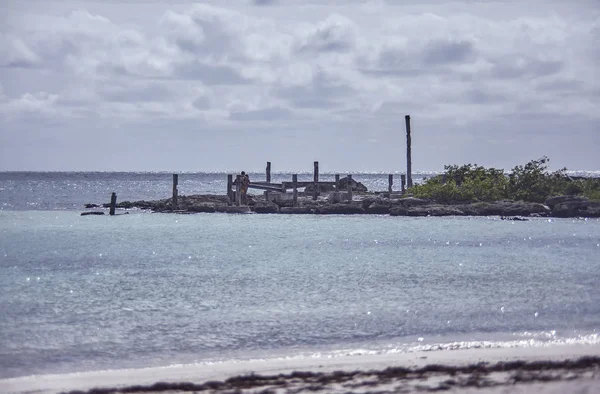
This former quarry island now houses the Windley Key Fossil Reef Geological State Park. Ancient coral formations stand exposed in old limestone quarries. The island played a crucial role in building Henry Flagler’s railroad, as workers quarried limestone here for construction projects throughout the Keys.
Walking through the old quarry walls reveals fossils of ancient sea life embedded in the rock.
Upper Matecumbe Key
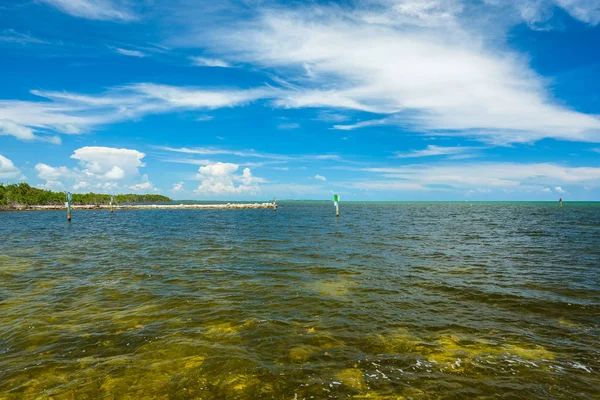
The northern portion of Islamorada, Upper Matecumbe Key, offers excellent fishing and boating opportunities along with several historic attractions. The island features the Hurricane Monument, which commemorates victims of the devastating 1935 Labor Day Hurricane that destroyed much of the area.
Art galleries and waterfront restaurants serving fresh seafood add cultural and culinary appeal.
Lower Matecumbe Key
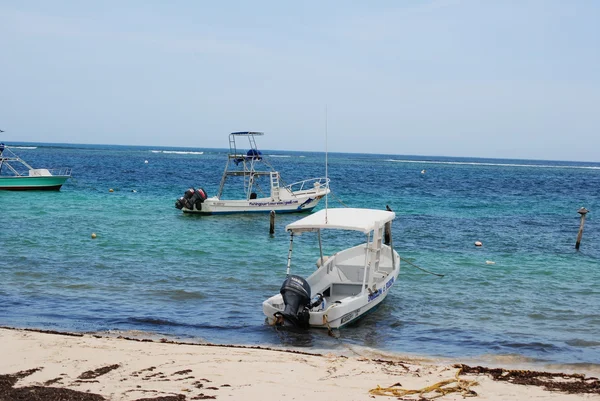
Connected to Upper Matecumbe Key by a short bridge, this island maintains a quieter, more residential character while still offering access to world-class fishing. The island features several vacation rental properties and a few local restaurants serving authentic Keys cuisine.
Various launch points around the island allow kayakers to explore the surrounding shallow flats and mangrove creeks.
Like Travel Pug’s content? Follow us on MSN.
Indian Key
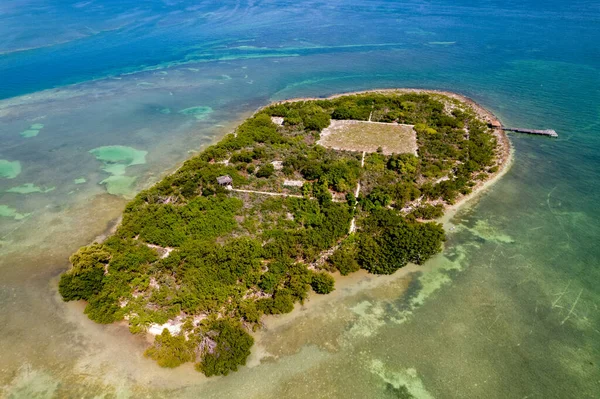
This 10-acre island serves as Indian Key Historic State Park and can only be reached by boat or kayak. The island once housed a thriving community in the 1830s, serving as the county seat for Dade County.
Visitors can explore the ruins of the old settlement while climbing the observation tower for spectacular views of the surrounding waters and nearby Lignumvitae Key.
Lignumvitae Key
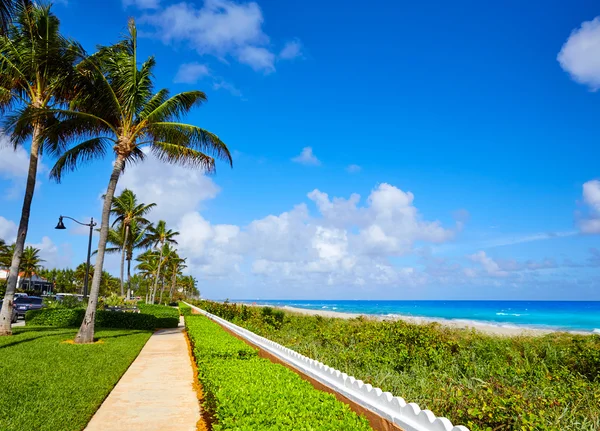
This 280-acre island preserves one of the last remaining examples of a tropical hardwood hammock ecosystem in the Florida Keys. Lignumvitae Key Botanical State Park protects rare and endangered plant species, including the lignumvitae tree for which the island was named.
Access requires guided tours departing from Indian Key Fill, making it a truly special and protected natural experience.
Elliott Key
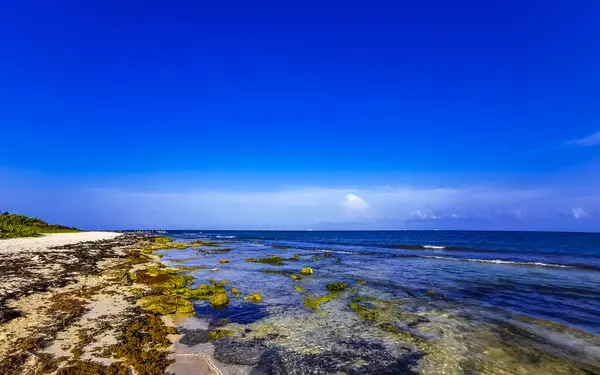
The largest island in Biscayne National Park, Elliott Key, offers a pristine wilderness experience just south of Miami. This 7-mile-long island features hiking trails, primitive camping, and some of the clearest waters in South Florida.
Boat access only helps preserve its unspoiled character while providing visitors with a true escape from urban life.
Like Travel Pug’s content? Follow us on MSN.
Where Past Meets Present Paradise
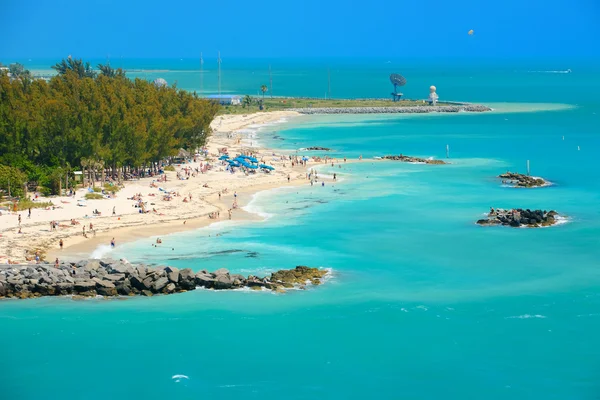
The Florida Keys continue evolving while maintaining their unique character that’s attracted adventurers, artists, and escapists for over a century. From Henry Flagler’s ambitious railroad project to today’s eco-tourism initiatives, these islands represent humanity’s ongoing relationship with one of America’s most beautiful marine environments.
The same crystal-clear waters that lured early settlers and rum runners now welcome millions of visitors seeking authentic tropical experiences. Whether choosing the bustling energy of Key West or the serene wilderness of Elliott Key, each island offers its slice of paradise where the past seamlessly blends with present-day adventure.
More from Travel Pug

- 20 Best Beach Towns in the Carolinas
- 13 Destinations Where Tourists Regularly Regret Their Trip
- 20 Things You Actually Get in First Class
- 20 Small Airports With Aviation Museums
- 20 Places in the U.S. That Are Perfect for a Reset Trip
Like Travel Pug’s content? Follow us on MSN. content? Follow us on MSN.
